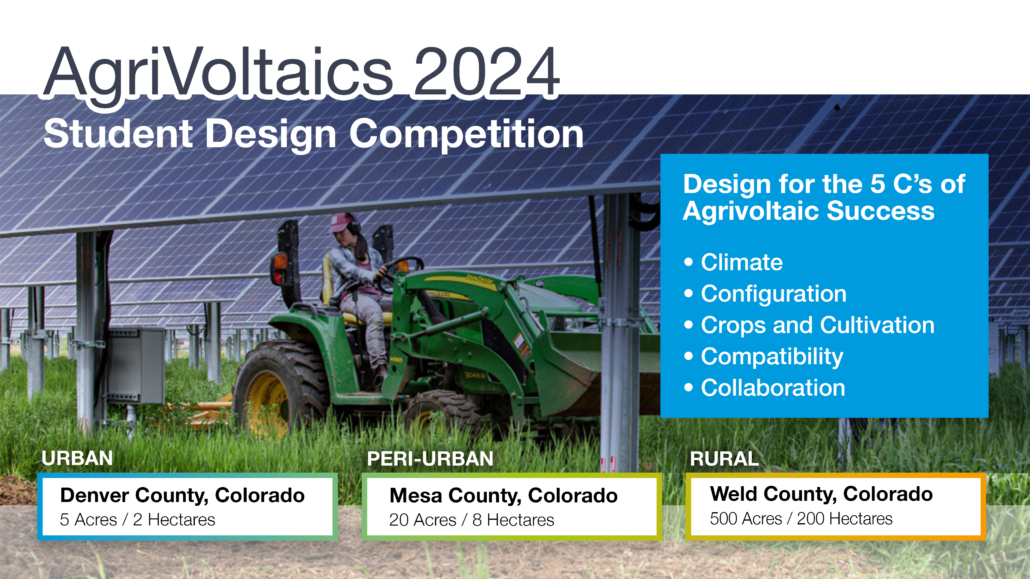This document addresses that a wavelength-selective greenhouse could be a promising agrivoltaic system if it can provide an optimal balance between the microclimate suitable for plants and increasing energy production, an ambitious future goal being an energy independent and combined fully automated arboretum.
Tag Archive for: Agrivoltaics
This paper introduces a novel heuristic framework on the acceptance dynamics of innovation diffusion processes as a key element to guide the examination of actor inertia and reorientation dynamics – depth, breadth, speed and directionality – over the diffusion of environmental innovations.
The main objective of this work is to provide a comprehensive insight into this new technology, various research and developments that have been reported and potential future development. The critical review indicates that advancements in this technology shall focus on improved floating structure design, robust instrumentation, wireless monitoring, and sensing capabilities.
This study introduces a new separation model capable of accurately estimating the diffuse component from the global photosynthetically active radiation and conveniently retrievable meteorological parameters.
A key challenge in agrivoltaic research involves identifying technologies applicable to a wide range of plant species and diverse geographic regions. This document addresses the adoption of a multi-experimental and multi-species approach to assess the viability of semi-transparent, spectrally selective thin-film silicon PV technology.
By Stacie Peterson, PhD, NCAT; and Heidi Kolbeck-Urlacher, Center for Rural Affairs
March 2024
Agrisolar practices, also called agrivoltaics, are the co-location of agriculture and solar within the landscape. They include solar co-located with crops, grazing, beekeeping, pollinator habitat, aquaculture, and farm or dairy processing. Agrisolar practices offer an opportunity to allow solar and agriculture to co-exist while meeting demands for clean energy and resilient rural infrastructure. One agrisolar approach is crop production under and adjacent to solar photovoltaics. Farms and research sites across the country demonstrate agrisolar as an opportunity to diversify farm revenue, decrease crop irrigation, increase crop yield, increase soil moisture, improve solar panel efficiency, and increase rural energy independence (Barron-Gafford, 2019; MacKnick, 2022; and Adeh, 2019).
Extreme heat and weather events from climate change, including the long-term drought in the American west, have led to water shortages, decreased crop yields, and increased heat stress for farm workers. Climate projections show this trend continuing, resulting in a marked decrease in crop yield in the future (Hsiagn, 2017). At the same time, an increasing population has elevated the need for nutritious local foods and food sovereignty.
Coming February 27th: the Agrisolar Short Film Harvesting the Sun. Watch the trailer here!
By Colorado Agrivoltaic Learning Center
at Jack’s Solar Garden
Compared to conventional solar energy developments, agrivoltaic systems may have different capital expenditures, cash flows, and risk impacts for a solar asset owner. Discussed herein are only broad, qualitative financial impacts, as there are too many agrivoltaic applications (e.g., over orchards, grasslands, croplands, livestock), solar designs (e.g., fixed-tilt, tracking, one or two panels in portrait), and local considerations (e.g., terrain, regulations, wildlife, agricultural markets) to share a concise financial impact assessment.
Financial impacts are labeled as either standard or potential considerations. Standard considerations are those that apply to agrivoltaic developments that can support diverse agricultural activities in addition to compatibility with small-scale machinery and agricultural laborers. Potential considerations are those that would apply only in specific circumstances.
This fact sheet focuses on new-build projects considering US federal and Colorado state-specific tax benefits, though most non-tax topics are more broadly applicable.
This article discusses solar panel efficiency as a function of the location’s microclimate within which it is immersed. Researchers present a model for solar panel efficiency that incorporates the influence of the panel’s microclimate, derived from first principles and validated with field observations. The model proves that PV panel efficiency is influenced by insolation, air temperature, wind speed, and relative humidity. The researchers then classified solar power production potential based on local land cover classification and found that croplands have the greatest median solar potential. Agrivoltaic systems may alleviate land competition or other spatial constraints for solar power development, creating a significant opportunity for future energy sustainability.
January 29, 2024

Students interested in the creative and holistic design and development of agrivoltaic systems that combine the use of solar photovoltaic power on agricultural lands are being encouraged to “Solve This Challenge” by competing in this year’s Student Design Competition at the 5th Annual Agrivoltaics World Conference. The conference will take place in Denver, Colorado, from June 11-13 this year and will feature a diverse range of topic areas within the field of agrivoltaics from a wide range of industry experts. The conference chairpersons stated that the goal of this conference is to “connect the scientific and non-scientific communities necessary for agrivoltaics to flourish.”
According to the AgriVoltaics 2024 Student Design Competition page, “[t]he AgriVoltaics 2024 Student Design Competition aims to inspire students to think creatively and holistically about energy integration across rural and urban landscapes. The purpose of this competition is to provide students an opportunity to develop innovative agrivoltaic design concepts that address community sustainability challenges across the food-energy-water nexus.” Winning students will be able to present their work to the conference’s international audience, while teams will have the ability to showcase their projects in poster format at the Conference Design Competition Showcase.
The objectives of the competition include innovative integration; food-energy-water-nexus; scalability and adaptability; and social dimensions and community engagement.
Students submissions will be judged by a panel of academic and industry experts from across the globe.
Details on the competition, rules and requirements, judging criteria, and submission guidelines can all be found on the AgriVoltaics 2024 Student Design Competition HeroX page. All submissions must be submitted through the HeroX Platform.
